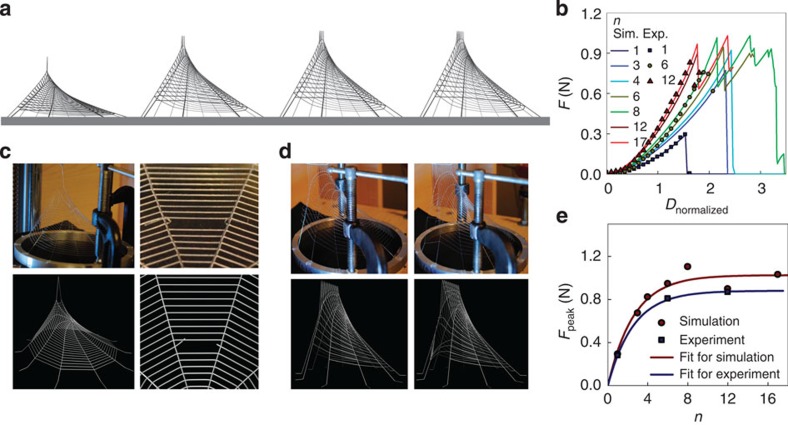Figure 3. Mechanical response of synthetic webs as a function of loading size.
(a) Simulation snapshots of the deformation of a web (of 24 rings) right before failure that is caused by different number of spiral threads under loading (n). (b) F–Dnormalized curves of the same web under different loading conditions for different n. Curves are obtained both from simulation and experiment. (c) Comparison of the close-up of web deformation under loading with n=1 in silico (bottom) and for the experiment (top), before (left) and after (right) failure. The stretching force only breaks the spiral thread under loading. (d) Comparison of the close-up of web deformation under loading with n=12 in silico (bottom) and in the experiment (top), before (left) and after (right) failure. The stretching force breaks the radial threads connecting the spiral threads under loading. (e) Comparison of peak force (Fpeak) obtained from every F–Dnormalized curve as a function of n for simulation and experiment. Each of those results is exponentially fitted according to equation (1), resulting in the function Fpeak=1.0[1–exp(−n/2.6)] (N) for simulation and Fpeak=0.9[1–exp(−n/2.5)] (N) for experiment result.

